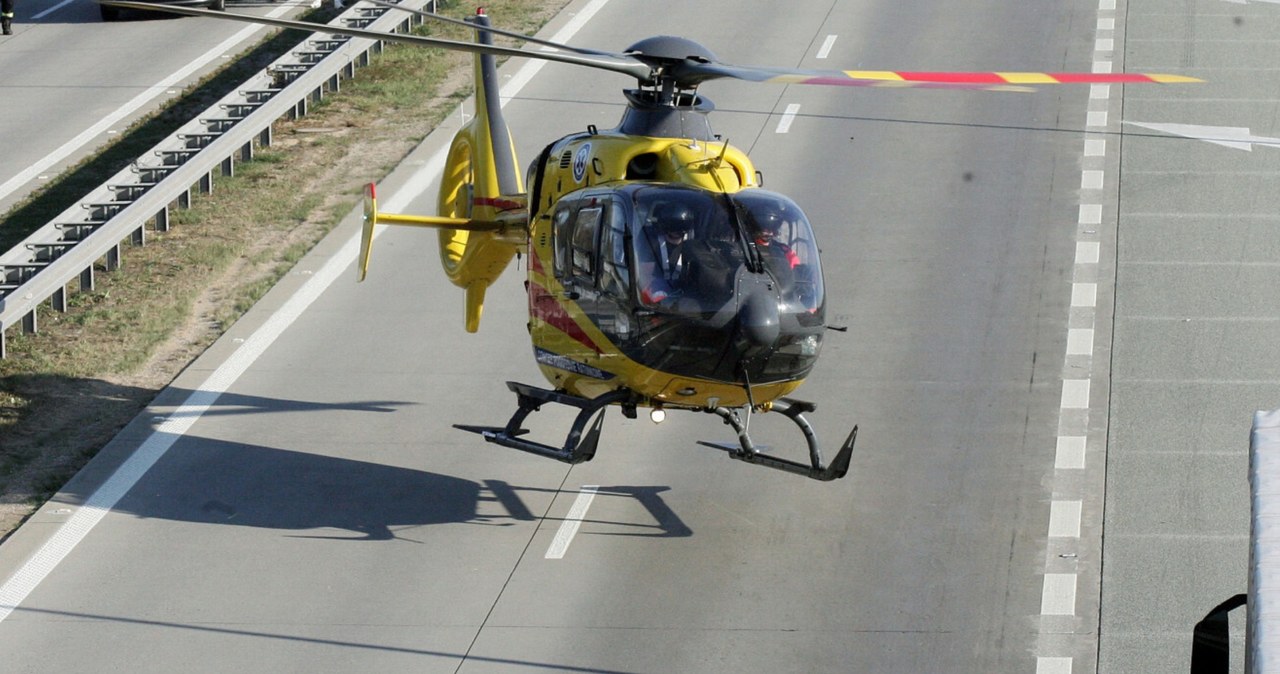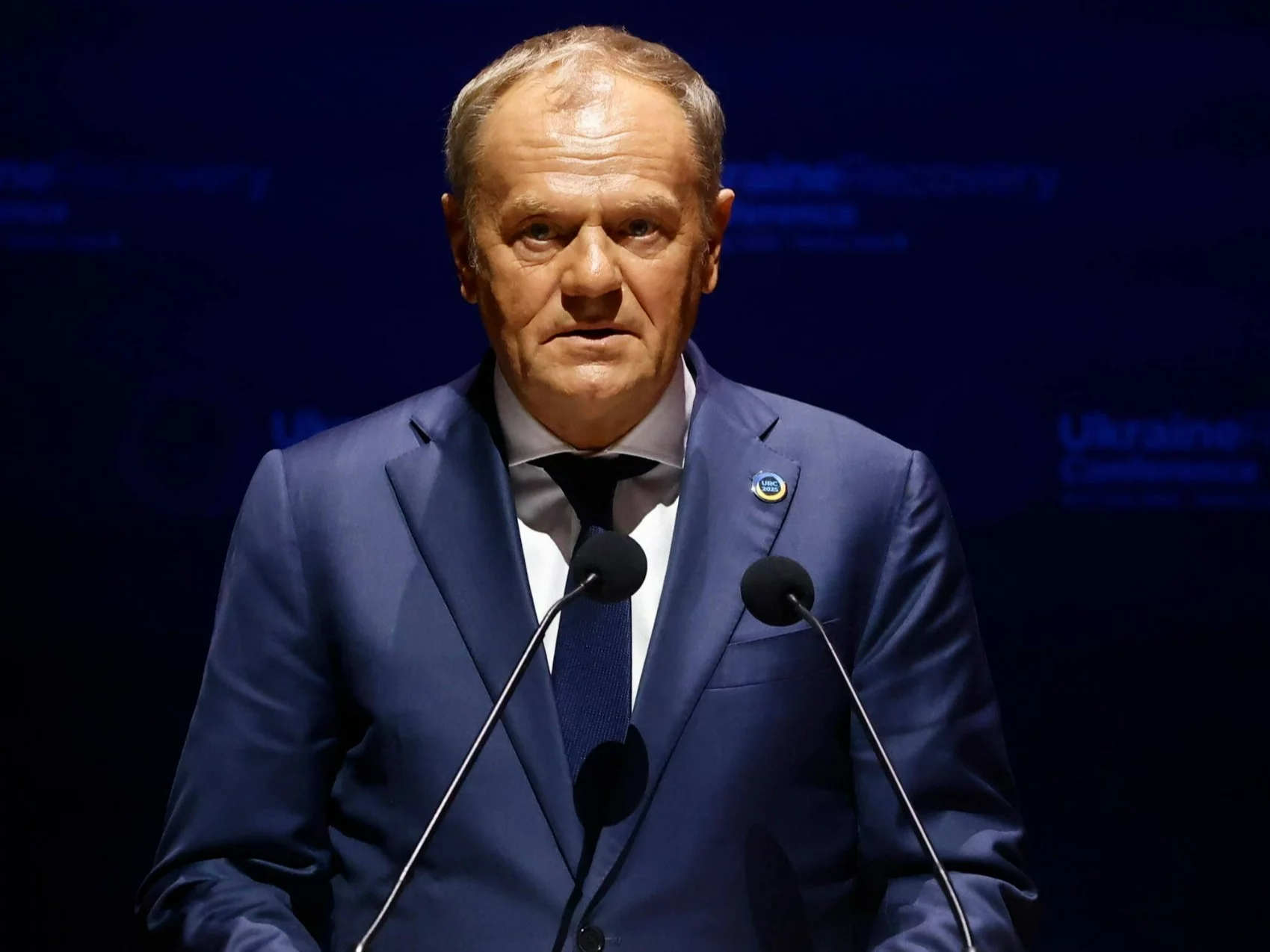Historical calendar: the anniversary of the end of the two-month siege of Warsaw, which was occupied by Swedes under the command of Field Marshal Arvid Wittenberg.
Today in our calendar we will look at the scenes of these events.
On December 29, 1655, gathered by the captains of Potocki and Lanckoroński troops, they declared obedience to the Swedes and bound the Tyszowiecki confederation, which aimed to displace the enemy and reconstruct the power of John Casimir. The king returned to the country in early January 1956, and on April 1, he placed the celebrated “Lvivian weddings” in which he gave Poland to the parent of God in care. After the weddings, a fresh force resumed recruiting troops and fighting the occupier.
Chasing the hetmans, Charles Gustav, abruptly became a game himself. He was surrounded in Vistula and Sanu forks, and on 7 April Stefan Czarniecki defeated the Swedish reinforcement corps at the conflict of Warka. Nevertheless, the King of Sweden managed to escape the lap. Meanwhile, in Lithuania, opposition to submission to the Swedes grew. Paul John Sapieha, who defeated Boguslaw Radziwiłł in March 1656 at the conflict of Janów Podlaski (previously, since traitor Janusz Radziwiłł died in December 1655).
Seeing the adverse changes in fighting, the business authorities in Warsaw, which he led Fieldmarszał Arvid Wittenberg, they began intensive preparations to defend the city. any civilian buildings were burned, and churches, monasteries, and palaces were turned into fortresses. The siege began on April 24. On May 17, the first Polish assault occurred, but after six hours of fighting well prepared to defend Swedes, they repudiated the attack. On 30 May, King Jan Kazimierz himself arrived in the area of Warsaw. On June 2, Wittenberg was offered an honorary surrender, but he rejected it.
On 7 June and 11 June, another failed assault on the city took place. However, they did not end in a complete defeat, due to the fact that the palace of the Krakow Bishops located in a strategical place on Miodowa Street, which became an excellent stand for artillery. In Warsaw, famine and illness began to prevail, desertions occurred.
On 27 June dense siege guns arrived at Polish positions. They immediately began firing. On June 28, there was another storm. Although Jan Kazimierz did not throw the best troops into the fight, this time the Swedes with large difficulty resisted the attack.
During the night assault from 29 to 30 June, respective more key objects were occupied. Then Wittenberg asked for a ceasefire. He was stalling due to the fact that he was counting on his rescue. However, Poles were not deceived. Another, this time the decisive storm, took place on 1 July. It led to a breakdown of the defense. Wittenberg gave up. Initially, it was established that the Swedes would leave the city with honors, but the agitation in the Polish ranks led to their internment.
Unfortunately, taking the capital did not bring the expected demotivating effect of the opponent. In the same month, Swedes and allies from Brandenburg went to the offensive and defeated Poles in the conflict of Warsaw (July 28-30), after which they took the capital back. Infuriated Karol Gustaw ordered the inhabitants of Prague to be murdered and praying for the Polish triumph of the Lateran monks.
Previous entry from our calendar is available Here.











